Temples Of Books: Magnificent Libraries Around The World
By Something CuratedRepositories of knowledge, sites of learning, and sources of inspiration and connection, libraries are much more than collections of books. Among the world’s most inclusive and democratic places, they are exemplary instances of architecture that represent the societies that built them. Berlin-based publishing house gestalten’s latest title, Temples of Books, celebrates the world’s oldest and most distinguished monuments to the written word, as well as new and miniature ones, from baroque palaces to micro-libraries made of recycled plastics, and the unexpected spaces in between. While exploring the diverse architecture of global libraries throughout the ages, the tome, co-edited and written by Marianne Julia Strauss, goes further, investigating the very concept of what a library is. To mark the imminent launch of the new title, Something Curated takes a closer look at five glorious libraries from around the world and the stories behind them.
Wiblingen Monastery Library
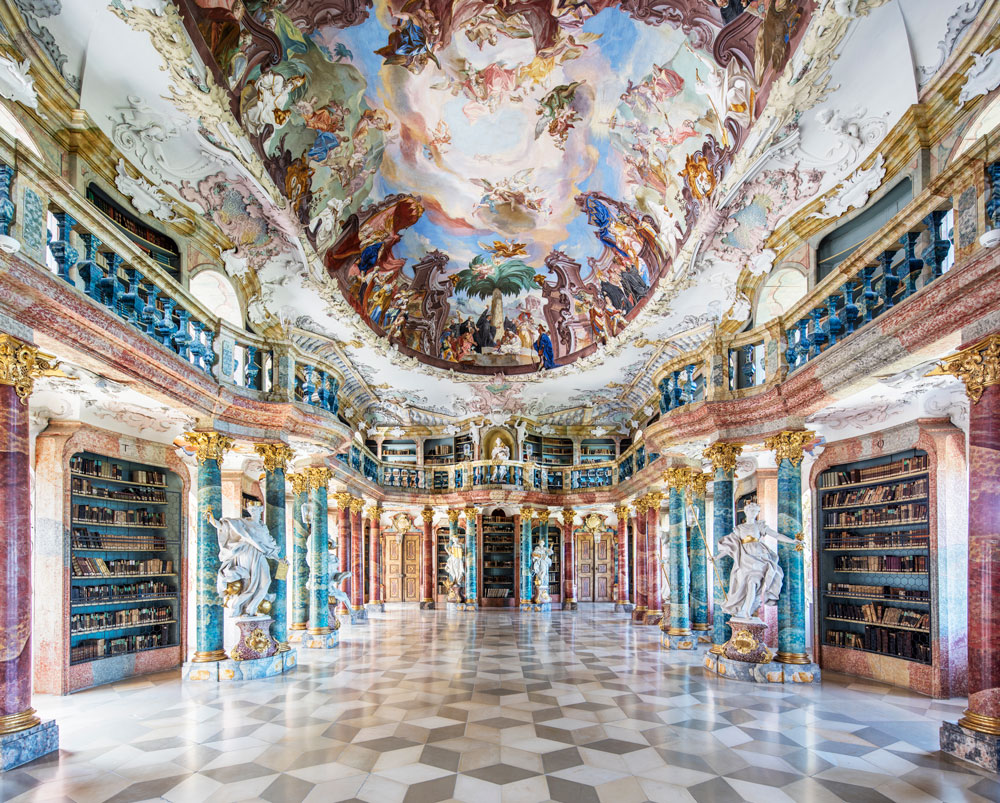
Founded in 1093 by the Counts Hartmann and Otto von Kirchberg and dedicated to St Martin, Wiblingen Monasterywas populated by Benedictine monks from St Blasien in the Black Forest. An ambitious renovation and expansion project began in 1714, turning the abbey, located in Ulm, Germany, into an awe-inspiring Baroque masterpiece. The monastery library, located in the complex’s north wing, was designed by Christian Wiedemann and built between 1740 and 1750. Its exquisite Rococo interior features an ornamental, winding gallery supported by multiple columns. The numerous statues and sweeping ceiling fresco represent the architect’s vision that the library be a place for preserving “all the treasures of wisdom and knowledge” – words that can be seen inscribed above the doorway of the spectacular library.
Exeter Library (Class of 1945 Library)
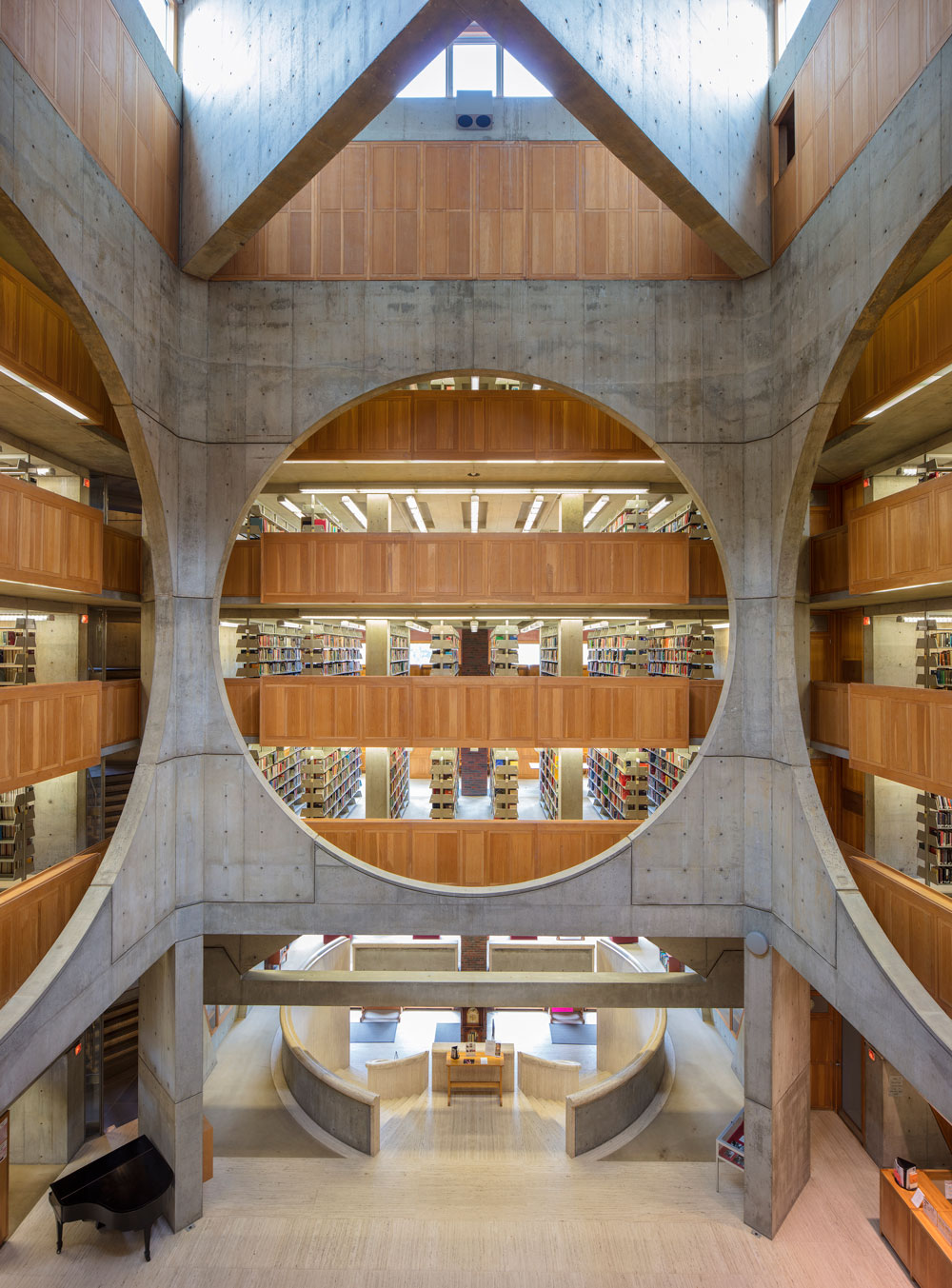
Designed by renowned Estonian-born American architect Louis Kahn, and built between 1965–1972 in Exeter, New Hampshire, USA, the Class of 1945 Library was commissioned by the Phillips Exeter Academy. The Academy had been planning their ambitious library for fifteen years and were consistently disappointed with the designs that the hired architects were proposing. The school’s committee were very particular in knowing the kind of building they wanted – a brick exterior to match the Georgian buildings of the school and an interior with the ideal environment for study. Kahn’s resourceful use of brick and his concerns for natural light made him the perfect choice. The resulting building is one of the most spectacular school libraries ever to be constructed.
Biblioteca Vasconcelos
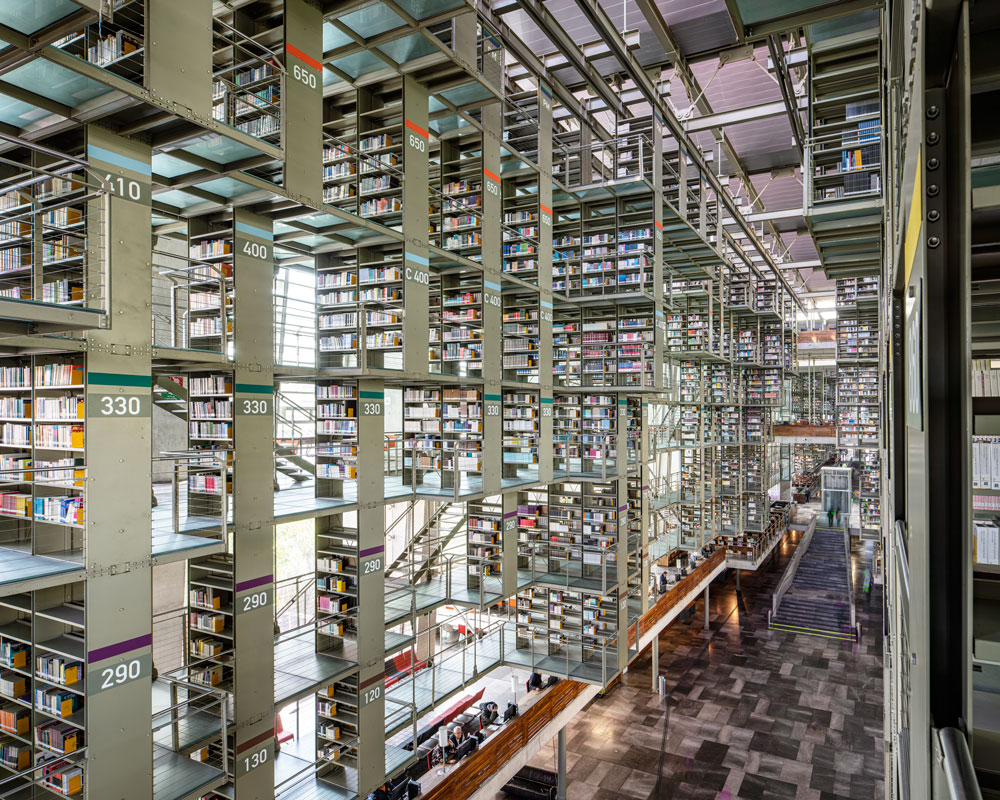
Mexico City’s Biblioteca Vasconcelos, located in downtown Delegación Cuauhtémoc at the Buenavista train station where the metro, suburban train, and metrobus meet, spreads across 38,000 square metres. The project integrates a public library with a botanical garden. Lush with over 60,000 species endemic to Mexico, the space serves not only as a collection of human knowledge, but an encyclopaedia of natural life. With hive-like, cantilevered levels of bookshelves, windows that stand several stories, and translucent floors, the 250 meter steel, concrete and glass structure is surrounded by greenery and water. Designed by architect Alberto Kalach and completed in 2014, the enormous complex is adorned by several sculptures by Mexican artists, including Gabriel Orozco’s Ballena (Whale), prominently located at its centre.
Library of Muyinga
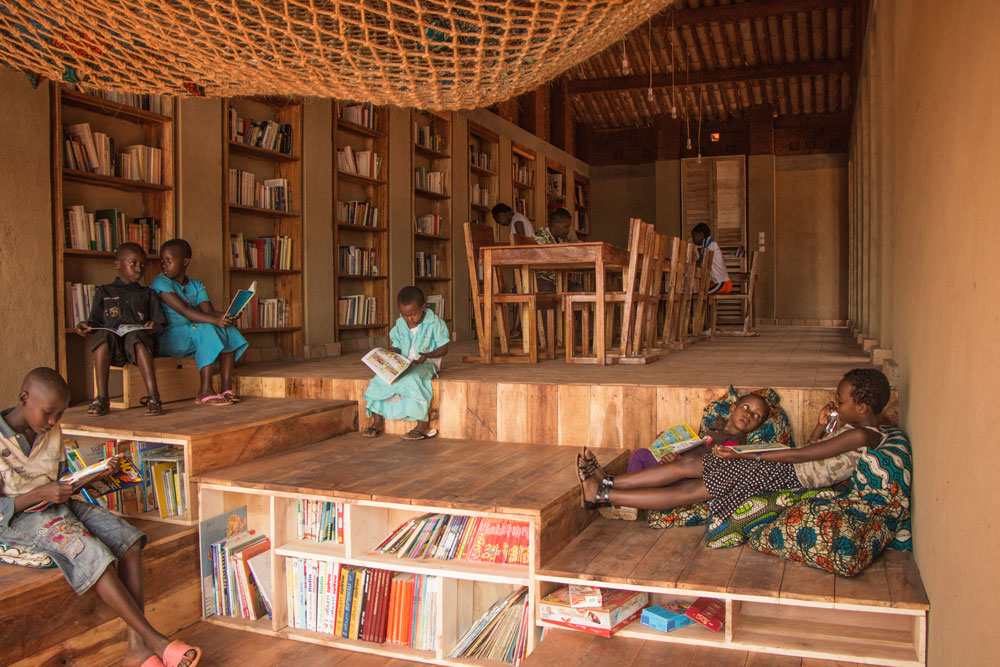
The Library of Muyinga is an inclusive school for deaf children in northeast Burundi, built using locally sourced materials and techniques, with a strong participatory approach. A collaboration between Brussels-based BC architecture & studies and Organisation Diocésaine pour l’Entraide et le Développement Intégral de Muyinga, the library aims to re-connect deaf children with their community. The building’s load-bearing beams, supporting the roof, are made of eucalyptus wood, sustainably harvested in the region, while compressed raw earth is used as a key building material in the project. The space also hosts cinema-nights for the whole community of Muyinga, with the board of the library including all directors of neighbouring primary and secondary schools.
Real Gabinete Português de Leitura
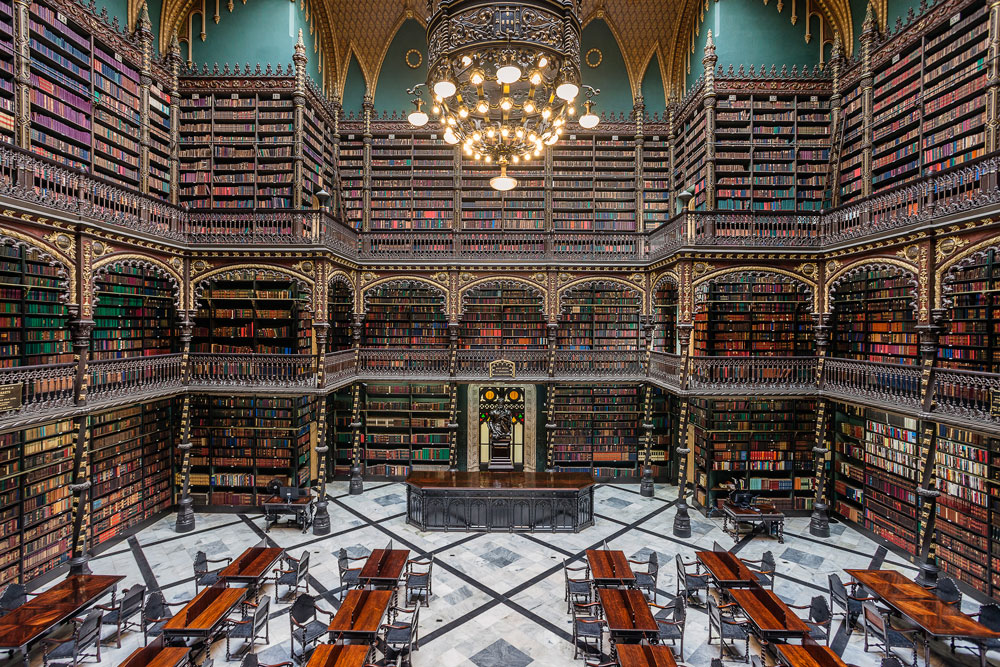
Designed by the Portuguese architect Rafael da Silva e Castro, the Real Gabinete Português de Leitura is located in the centre of the city of Rio de Janeiro, Brazil. The institution was founded in 1837 by a group of forty-three Portuguese immigrants, political refugees, to promote culture among the Portuguese community in the then capital of the Empire of Brazil. It was the first association of this community in the city. The façade, inspired by the Jerónimos Monastery in Lisbon, was worked by Germano José Salle in Lisbon stone in Lisbon and brought by ship to Rio. Open to the public since 1900, the remarkable library of the Royal Cabinet has the largest collection of Portuguese works outside Portugal.
Temples of Books will be available in Europe and the UK from 27 January 2022 and internationally from 29 March 2022. The title is currently available for pre-order.
Feature image: Courtesy of Real Gabinete Português de Leitura, Temples of Books, gestalten